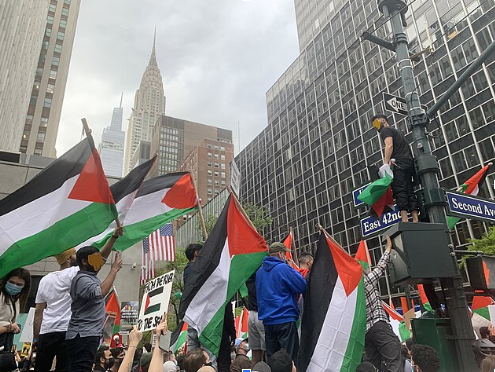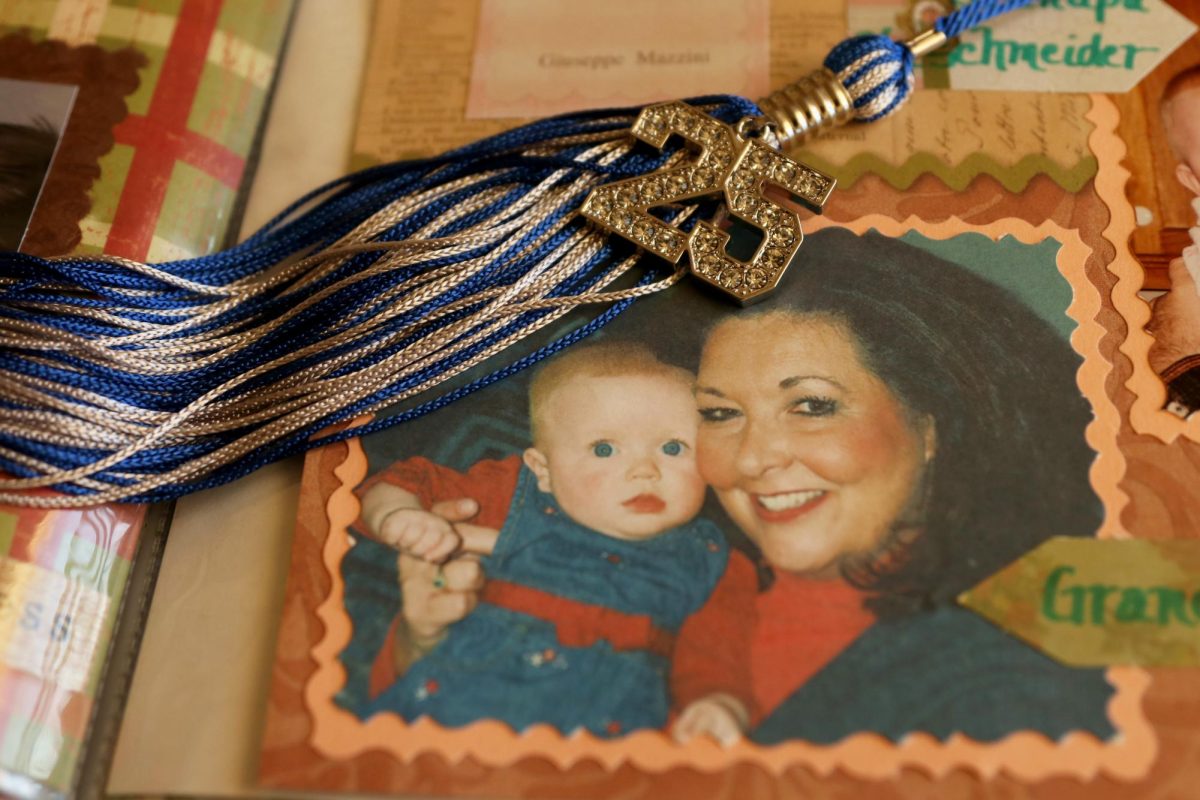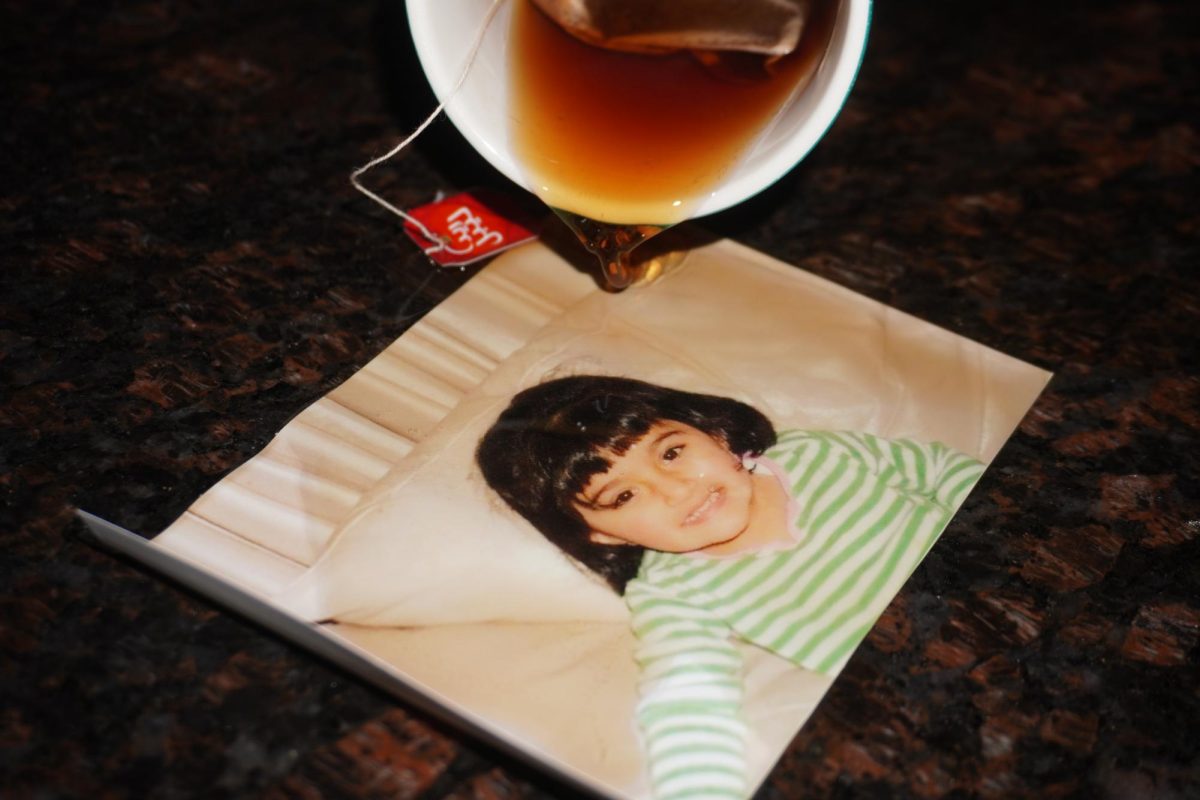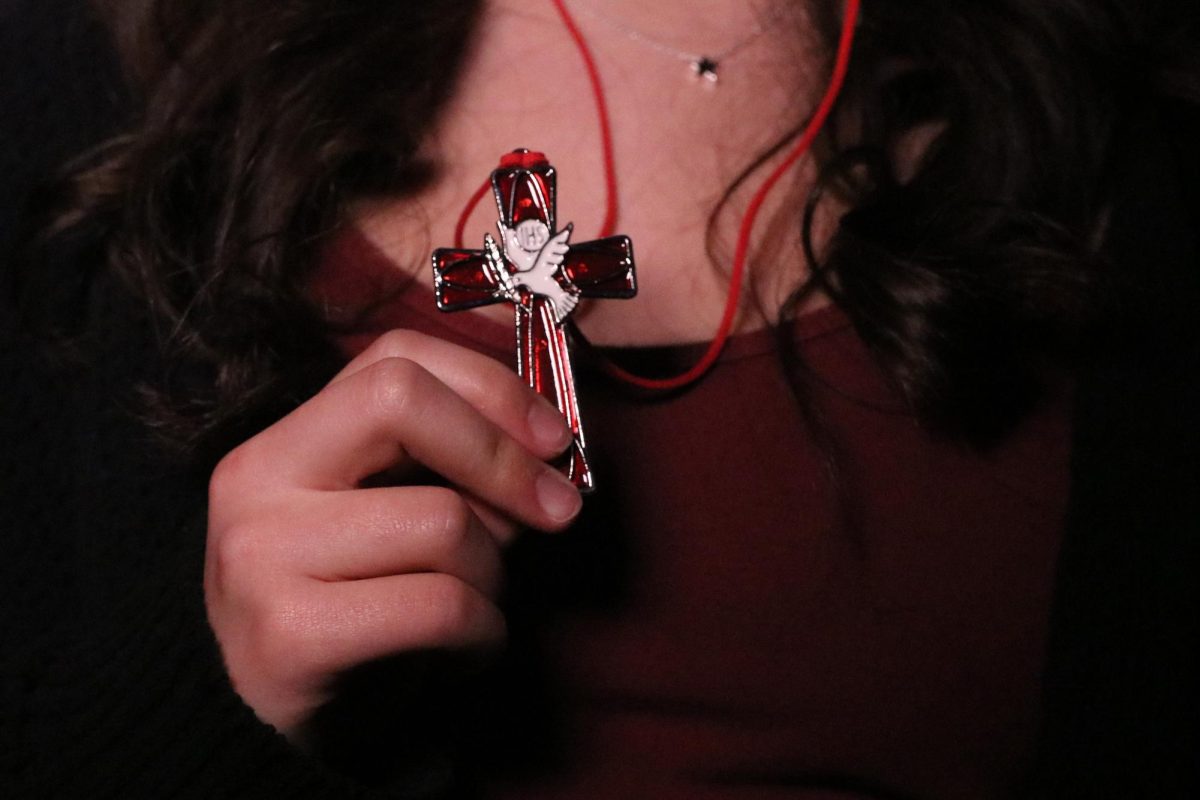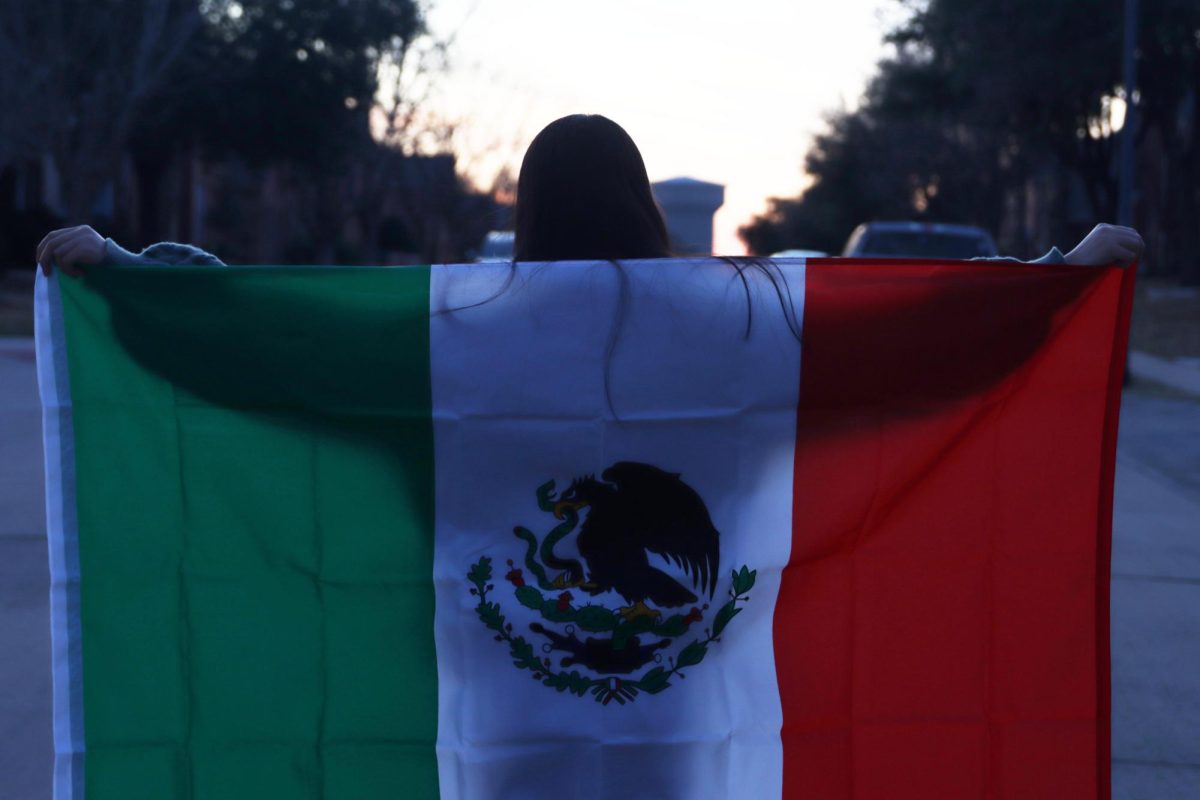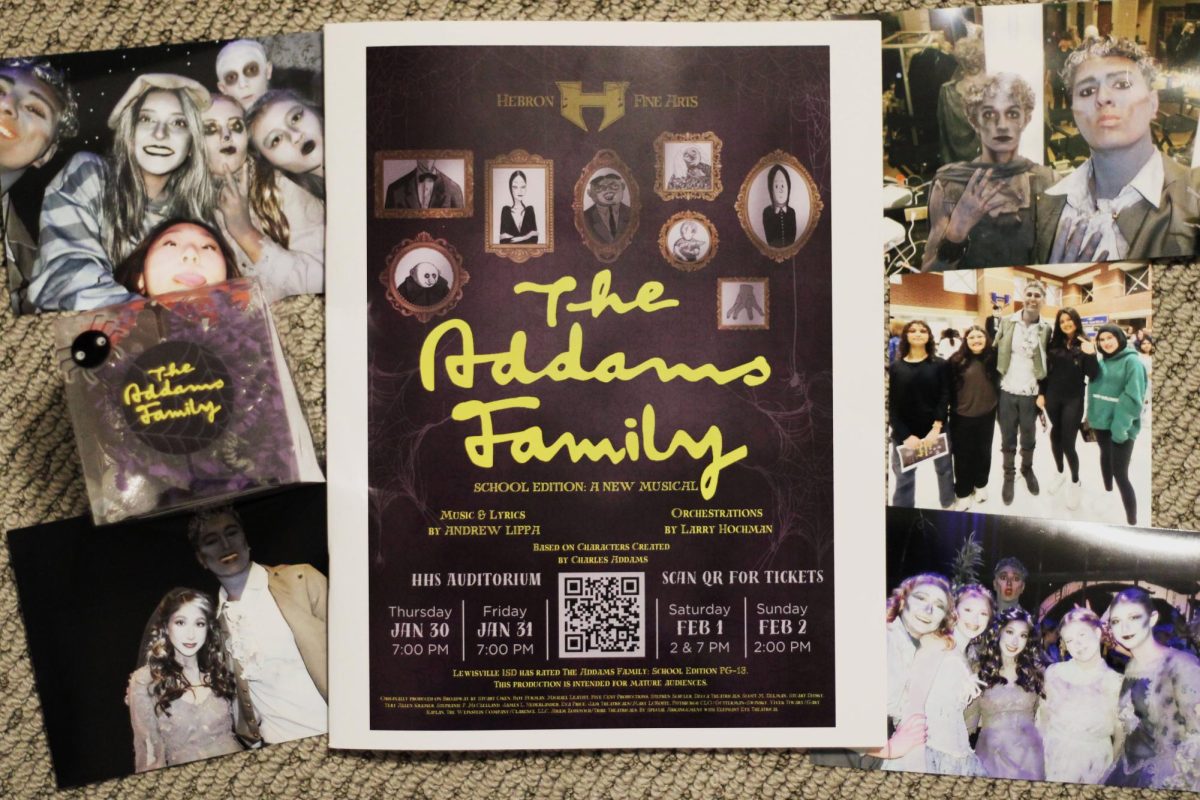Faces and names of hostages flood the front page of newspapers. “Bring them Home now” is on a billboard in Times Square. Hollywood celebrities sign petitions for their return.
But the 2,000 Palestinians in military detention without trial — many of whom are children — are mere prisoners at best, and not mentioned at worst.
There exists a night and day difference in regards to the Western media’s portrayal of the perpetrators and victims in Israel’s campaign of ethnic cleansing in Gaza. It shows Palestinian suffering as a natural, immovable consequence of Israel’s right to defend itself, while portraying the Oct. 7 attacks as a unique and unprecedented display of barbarity with sensationalized reports that sound like something ripped from the script of “Birth of a Nation.”
One of the more subtle, yet revealing ways the media displays its biases is in its use of active and passive voice. A study by the Intercept showed that vivid words like “slaughter” and “massacre” were displayed prominently in stories regarding Israelis killed by Palestinian militants, while shying away from such language in stories covering deaths of Palestinian and Southern Lebanese civilians. Instead, Western media outlets often used vague words that serve to obfuscate the perpetrators of the attacks.
While this phenomenon has become more flagrant in the current phase of the conflict, it’s nothing new. During Operation “Cast Lead” (the 2009 operation in Gaza described by Israeli generals as “mowing the lawn”), over 1,000 Palestinians, with estimates at 700 civilians, 308 of those under the age of 18, were killed. Despite the fact that only 13 Israelis died — 10 of those being IDF soldiers — media coverage of Israeli casualties outnumbered the portrayal of Palestinian casualties by a 25:1 ratio.
During the second Intifada — the phase of the conflict lasting from 2000 to 2005 — Israeli children killed by Palestinian militants were mentioned in 50% of headlines. In headlines and first paragraphs for “The New York Times,” Palestinian child casualties are only mentioned in a meager 17% of headlines and first paragraphs written.
Whether it’s “The New York Times” pushing the state department’s lies on Saddam’s weapons of mass destruction in Iraq, only to apologize about it later, or subtly distorting the reality of the Israeli-Palestinian conflict, media outlets who normally anoint themselves as flag bearers for honesty hurt their own credibility whenever a crisis pops up outside America’s borders.
As more Americans reject mainstream publications in favor of social media, readers are losing faith. While the media is only as biased as its journalists, social media has been a mixed bag. One of the major causes of the flood of sympathy for Gazans came from images and videos of the horrors in Gaza going viral. Gazan Journalists like Motaz Azaiza and Wael al-Dahdouh have gone viral by documenting the way people persevere while under siege. While footage of civilians being killed from airstrikes show people the real cost of Israel’s campaign. Social media has, without a doubt, soured the public’s goodwill on Israel, especially among Gen Z.
And while much of these impacts have been without a doubt positive social media has its own issues, one that will only grow as more people get disillusioned by mainstream media. This should serve as a wakeup call for any big publication that takes itself seriously, lest they fade into irrelevance.



